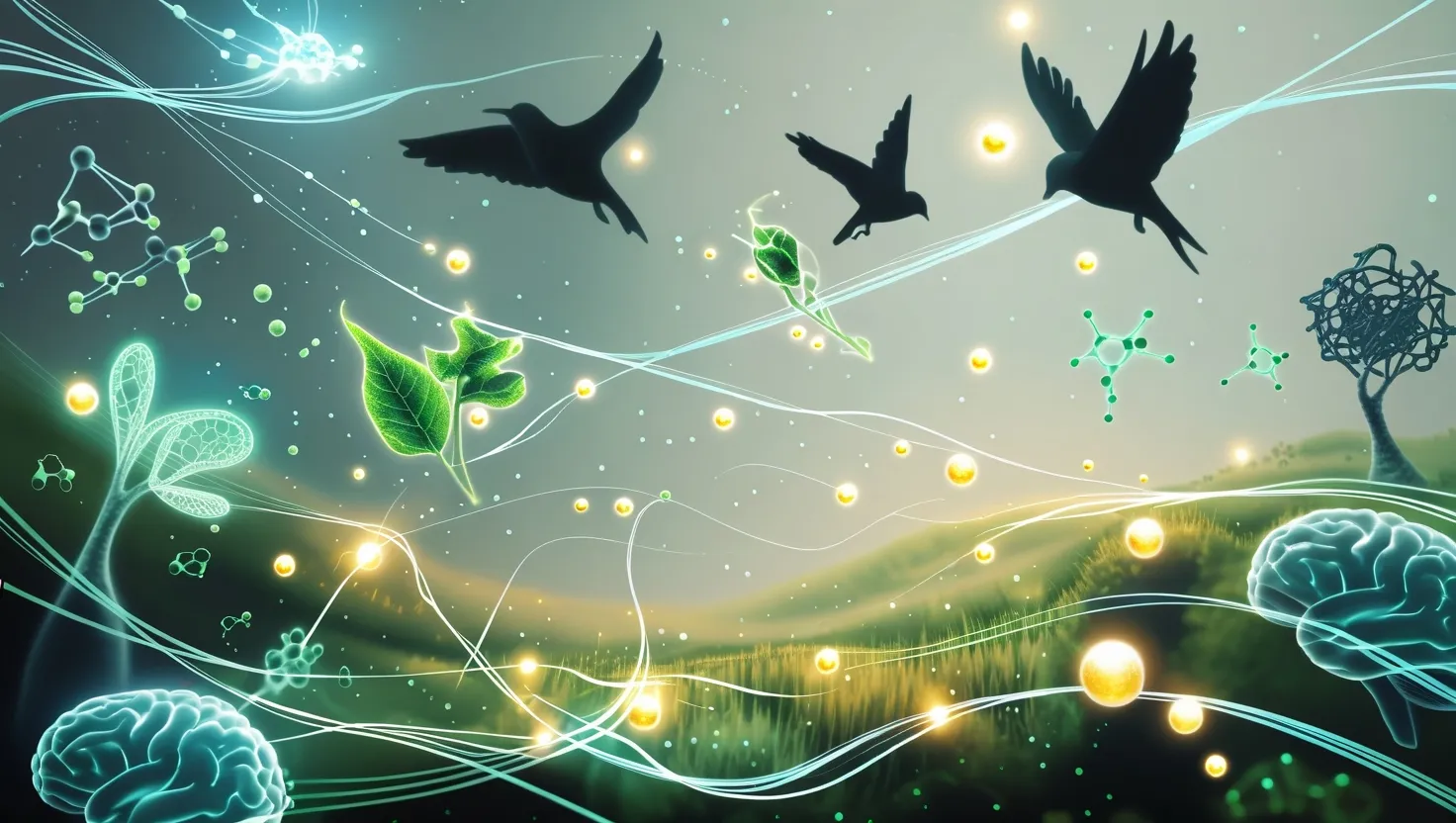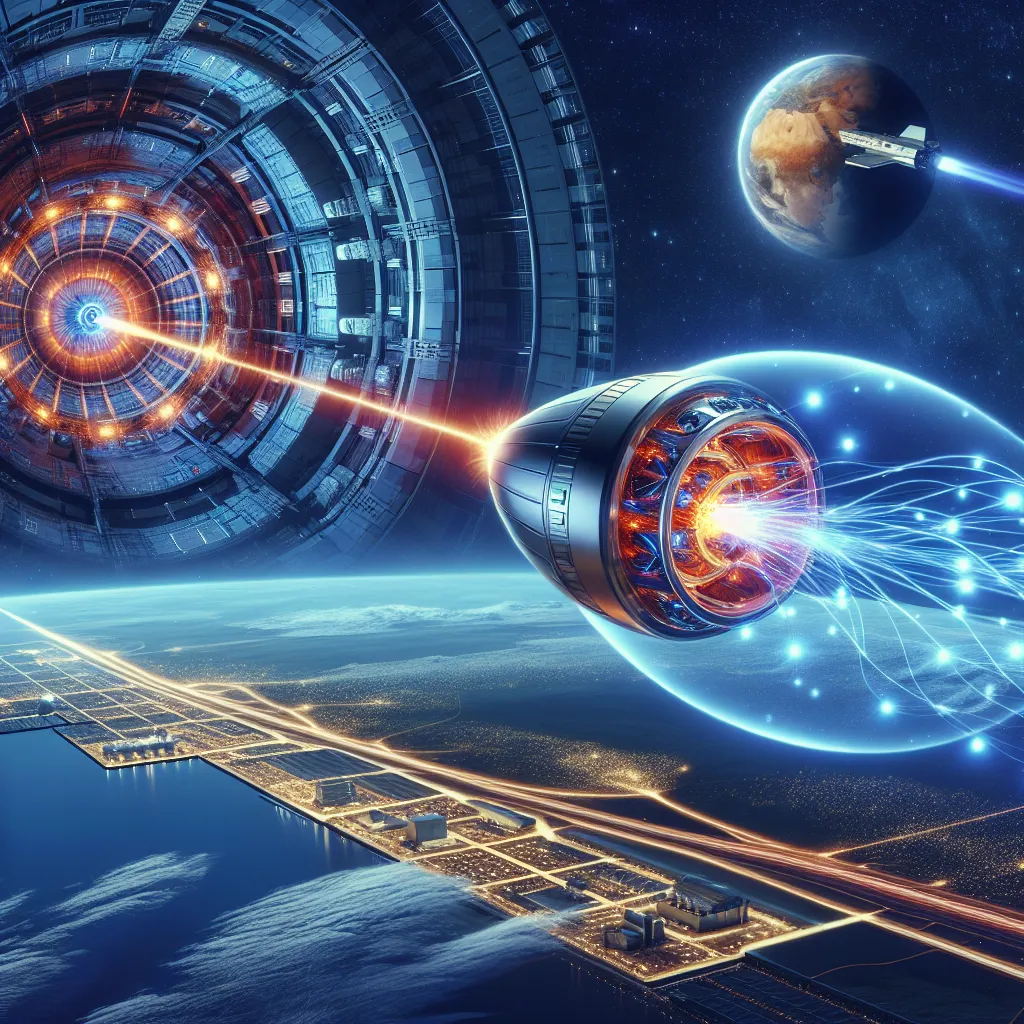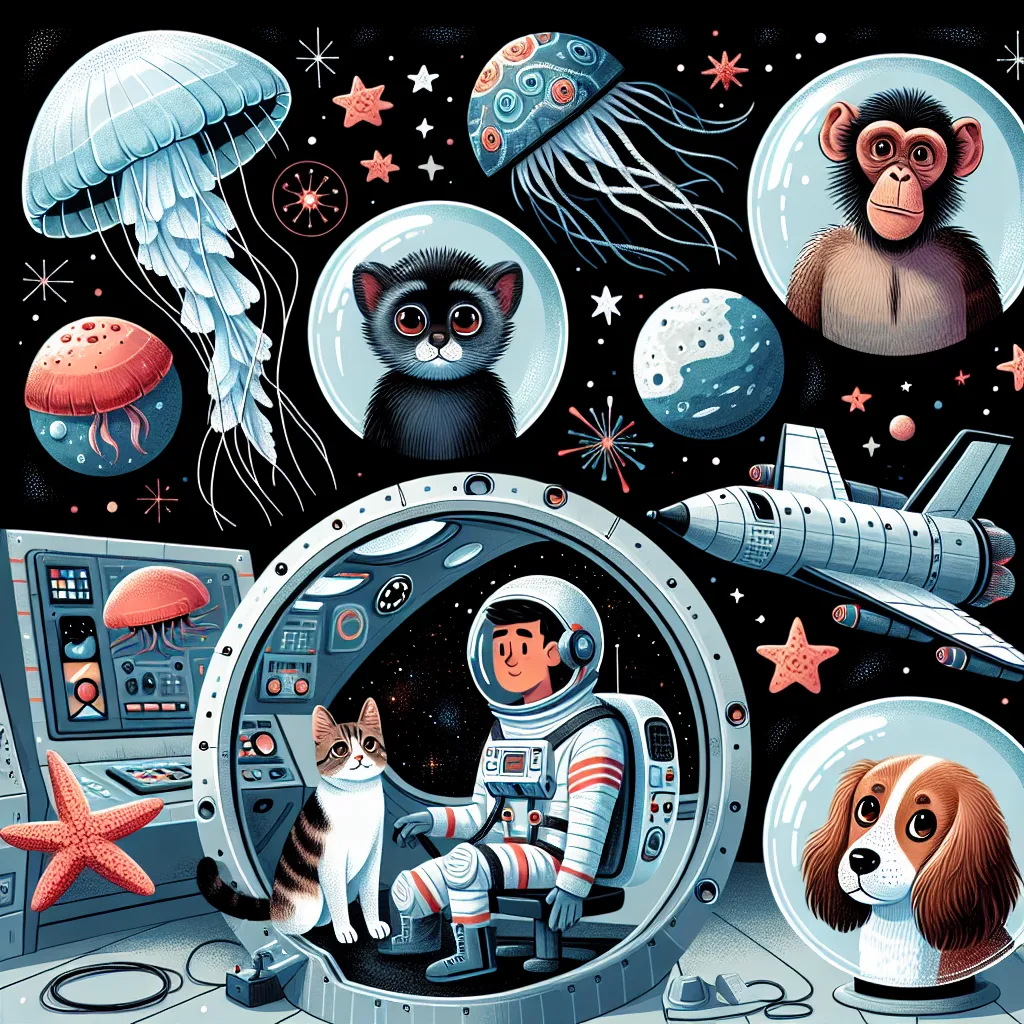As we stand at the threshold of a new era in artificial intelligence, the concept of Artificial General Intelligence (AGI) is no longer a mere fantasy but a tangible goal that researchers and scientists are diligently working towards. AGI, often referred to as the holy grail of AI, promises to revolutionize every aspect of our lives, from healthcare and transportation to scientific research and customer service. Here, we delve into five groundbreaking discoveries that are propelling us closer to achieving true AGI.
The Rise of Self-Improving AI Systems
Imagine an AI system that can not only learn from its environment but also modify its own architecture to become smarter and more efficient. This is the realm of self-improving AI systems, a concept that has long fascinated AI researchers. The idea is rooted in the concept of “recursive self-improvement,” where an AI system uses its current intelligence to improve its own capabilities, leading to an exponential growth in intelligence.
“As machines become more intelligent, they will be better at making themselves even more intelligent,” notes a prominent AI researcher. This cycle of self-improvement could potentially lead to the development of superintelligent machines that far surpass human intelligence.
However, this raises a plethora of ethical and safety concerns. How do we ensure that these self-improving systems align with human values? What mechanisms should be in place to guide or limit their evolution? These are questions that need urgent attention as we venture into this new frontier of AI development.
Multi-Modal Learning in AI
One of the significant hurdles in achieving AGI is the ability of AI systems to learn and understand multiple forms of data simultaneously. This is where multi-modal learning comes into play. Unlike traditional AI models that are limited to a single type of data, such as text or images, multi-modal learning enables AI to integrate and process various types of data.
For instance, an AI system designed for healthcare could analyze medical images, patient records, and genetic data all at once to provide a comprehensive diagnosis. This holistic approach to data analysis is crucial for developing AI systems that can operate with human-like versatility.
“AI is not just about processing data; it’s about understanding the world in all its complexity,” says a leading AI expert. Multi-modal learning is a significant step towards achieving this understanding.
Common Sense Reasoning Breakthroughs
Common sense is something that humans take for granted, but it is a complex and multifaceted aspect of human intelligence that has proven challenging to replicate in AI systems. Recent breakthroughs in common sense reasoning are changing this narrative.
AI models are now being developed with the ability to understand the world in a more intuitive and human-like way. For example, an AI system can now recognize that if you drop a glass, it will likely break, or that if you leave a door open, the room will get colder. These may seem like trivial things, but they are fundamental to how humans interact with the world.
“Common sense is the foundation upon which all other knowledge is built,” notes a researcher. By incorporating common sense into AI systems, we are moving closer to creating machines that can understand and interact with the world in a more natural way.
Artificial Consciousness Research
The question of whether machines can be conscious is a philosophical and scientific conundrum that has sparked intense debate. Artificial consciousness research aims to create AI systems that are not just intelligent but also conscious in some form.
While we are still far from achieving true consciousness in machines, recent advancements have shown promising results. For instance, AI systems are being developed to simulate human-like emotions and self-awareness. This could lead to AI systems that are more empathetic and better at understanding human needs.
“Consciousness is the most fundamental aspect of human experience,” says a philosopher. “If we can replicate it in machines, we may be on the cusp of a revolution that changes everything.”
Human-Level Language Understanding
Language is one of the most complex and nuanced aspects of human communication. Achieving human-level language understanding in AI systems has been a long-standing goal, and recent breakthroughs have brought us significantly closer.
For example, advanced AI models like Alibaba Cloud’s Qwen2-Math are capable of solving complex mathematical problems and even outperforming human researchers in certain areas. Similarly, AI systems are being developed to understand and generate human-like language, enabling more natural and effective human-AI interaction.
“Language is the key to understanding human intelligence,” notes a linguist. “By mastering language, AI systems can gain a deeper understanding of human thought and behavior.”
The Future of Human-AI Interaction
As we continue to push the boundaries of AGI, we must also consider the implications of these advancements on human society. AGI has the potential to revolutionize industries, improve lives, and solve complex problems that have long eluded human intelligence.
However, it also raises questions about job displacement, ethical considerations, and the potential risks associated with superintelligent machines. “The future is not something we enter, but something we create,” says a futurist. It is our responsibility to ensure that the future we create with AGI is one that benefits humanity as a whole.
Ethical Considerations and the Way Forward
The development of AGI is not just a technical challenge but also an ethical one. As we create machines that are increasingly intelligent and autonomous, we must ensure that they align with human values and do not pose a risk to human safety.
This requires robust frameworks and guidelines to guide the development and deployment of AGI. It also necessitates a collaborative effort between researchers, policymakers, and the general public to ensure that AGI is developed responsibly.
“The development of full artificial intelligence could spell the end of the human race,” warned Alan Turing, one of the pioneers of computer science. While this may seem alarmist, it underscores the importance of careful consideration and planning as we move forward.
Conclusion
The journey towards achieving Artificial General Intelligence is fraught with challenges, but it is also filled with immense promise. As we continue to make groundbreaking discoveries in self-improving AI systems, multi-modal learning, common sense reasoning, artificial consciousness, and human-level language understanding, we are inching closer to a future where machines can operate with human-like intelligence and autonomy.
This future is both exhilarating and daunting. It is our responsibility to ensure that it is a future we can all look forward to, one where humans and AI collaborate to create a better world for everyone.
“AI is the new electricity,” says Andrew Ng, a renowned AI expert. “It will change every industry and every aspect of our lives.” As we embark on this transformative journey, let us do so with wisdom, caution, and a deep understanding of the profound implications of our creations.






